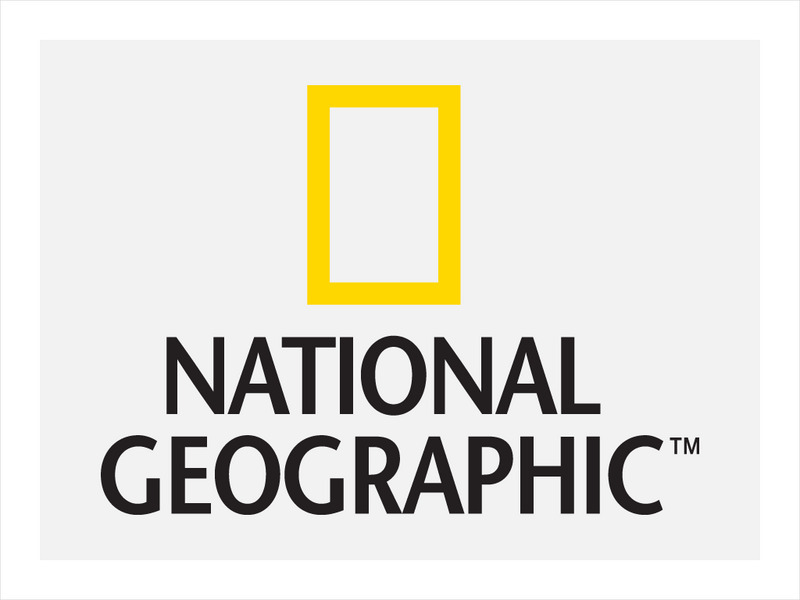Enchanted Learning
Enchanted Learning: Ocean Crafts
Colorful examples and directions are given for ocean crafts designed for kindergarten and elementary school children.
Museum of Science
Museum of Science: Oceans Alive
There are links to the water planet, oceans in motion, life in the sea and resources. You will learn about the physical features of an ocean, changes in the ocean and the water cycle.
Australian Broadcasting Corporation
Australian Broadcasting Corporation: Monsters of the Deep: Tons of Tentacles
Read about octopuses and squids. Learn about their tentacles and other parts of the body.
Science Struck
Science Struck: The Differences Between Benthic and Pelagic Zones
Learn the characteristics of these two oceanic zones and of the plants and animals that live in them.
Wonderville Media
Wonderville: Ocean Habitats
Habitats are places where plants and animals live. There are many different habitats in the oceans of the world. Every plant and animal in the ocean prefers a particular habitat. Learn about Ocean Habitats in this well-constructed...
Science Struck
Science Struck: Facts About the Marine Biome
Describes the characteristics of the marine biome, the plants and animals that live in each of the four ocean zones, coral reefs and estuaries, the climate of the marine biome, and the marine food web.
Science Struck
Science Struck: Understanding the Ocean Ecosystem
Describes the two organisms capable of photosynthesis in an ocean ecosystem, the different ocean zones and the plants and animals that live in them, some facts about the ocean, and the five oceans of the world.
Museum of Science
The Museum of Science: Oceans Alive: Ocean Profiles
An interactive map of the world's oceans allows you to access profiles for each of the four oceans.
Encyclopedia of Earth
Encyclopedia of Earth: British Indian Ocean Territory (United Kingdom)
Provides an overview of British Indian Ocean Territory (United Kingdom), including its geography, natural resources, history, government, economy, and much more. Maps and images are also included, along with sources used to create the...
US Geological Survey
U.s. Geological Survey: The Water Cycle: The Oceans
Through pictures, diagrams, and charts, learn how the ocean serves as a storehouse of water.
Center for Educational Technologies
Nasa: Classroom of the Future: Spheres: Hydrosphere
Use this site to learn about the millions and trillions of gallons of water that covers the earth, known as the hydrosphere.
NASA
Nasa: Big Questions: Oceans
Learn more about the oceans that cover so much of our planet. Five big Q and A's are addressed including why oceans are so important, how oceans soak up energy and gases, the relationship between climate and oceans, and the function of...
PBS
Nh Pbs: Nature Works: Ocean Zones
Discover more about the underocean environment at this site that surveys animals, environmental factors such as light and temperature, currents, animals, plants, and the like.
Tech4Learning
Pics4 Learning: Images for Education: Lighthouses
Contains beautiful lighthouse photos to use as references. Teachers and students will find this resource helpful as a source of inspiration, or information. Although the photos only contain a small amount of text, any of these twenty-six...
PBS
Pbs Learning Media: What Causes the Gulf Stream?
This video segment adapted from NOVA uses satellite imagery to illustrate the Gulf Stream's path and animations to explain how atmospheric phenomena cause it to move. [1:51]
PBS
Pbs Learning Media: The Water Planet
75% of our earth is covered by water. Water can be found in oceans, lakes, rivers, groundwater, and sea ice. View these captivating photos of our earth showing the different water sources and images of our earth taken by NASA. Background...
CK-12 Foundation
Ck 12: Second Grade Science: A World of Ice and Water
[Free Registration/Login may be required to access all resource tools.] Covers different bodies of water, including rivers, lakes, and oceans.
National Geographic
National Geographic: Your Ocean
This site provides a lesson plan for educators to use when teaching about the Ocean. In addition, there are many other related links and information about the ocean.
Other
Ocean Oasis: Field Guide
Ocean Oasis is a giant-screen film that depicts Mexico's Sea of Cortes and the Baja California desert. This companion site features much of the information the film has, such as beautiful images of animals, water, and land that have...
Discovery Education
Discovery Education: Curriculum Center: Science
The Discovery Channel provides numerous topics that are the most popular science topics taught in upper elementary and middle school. Content is organized by topics (Bacteria, Oceans, Solar System, etc.); all topics include quick facts,...
American Museum of Natural History
American Museum of Natural History: Sea Snow O Logy Card
OLogy cards are like virtual baseball cards about all kinds of science topics. This one is about sea snow and it contains information about what it is and where it is found.
Alabama Learning Exchange
Alex: Researching the Oceans of the Earth
This unit is a result of collaboration between the librarian and the 5th grade Science teacher. The Ocean Unit developed by the librarian is hands-on research in various areas of the library utilizing print, software and Internet access....
Alabama Learning Exchange
Alex: Diverse Life Forms of the Ocean
This lesson allows young scholars to view and draw conclusions on the importance of life in the ocean. It uses student created movies to explore what is going on, as well as identifying the zones and diverse life associated with the...
Khan Academy
Khan Academy: Infographic: Chemical Abundances: The Oceans
The chemical composition of our oceans varies depending on location, but the primary ingredients are oxygen, hydrogen, chlorine, and sodium. View this downloadable infographic on the earth's oceans.
















